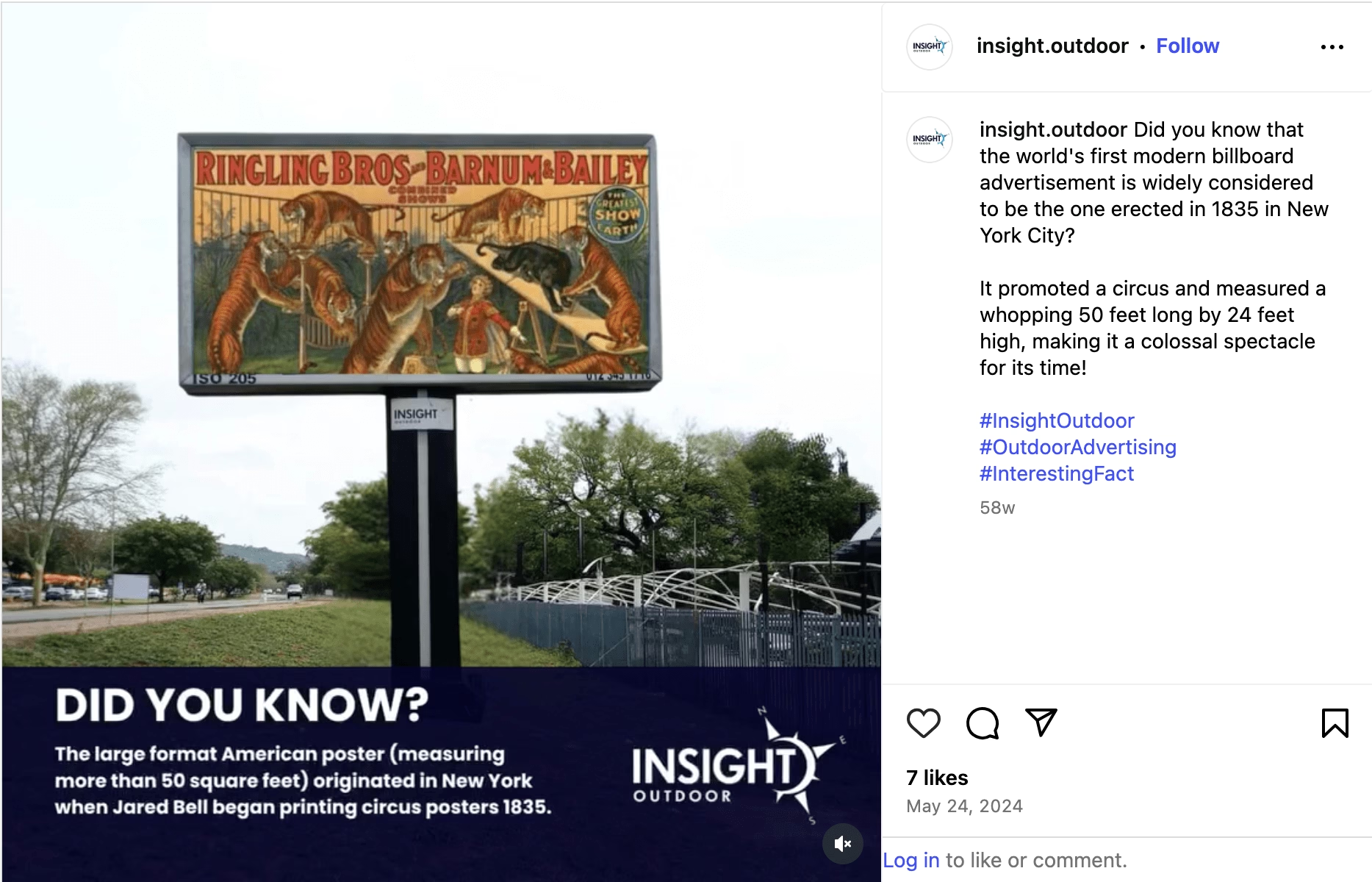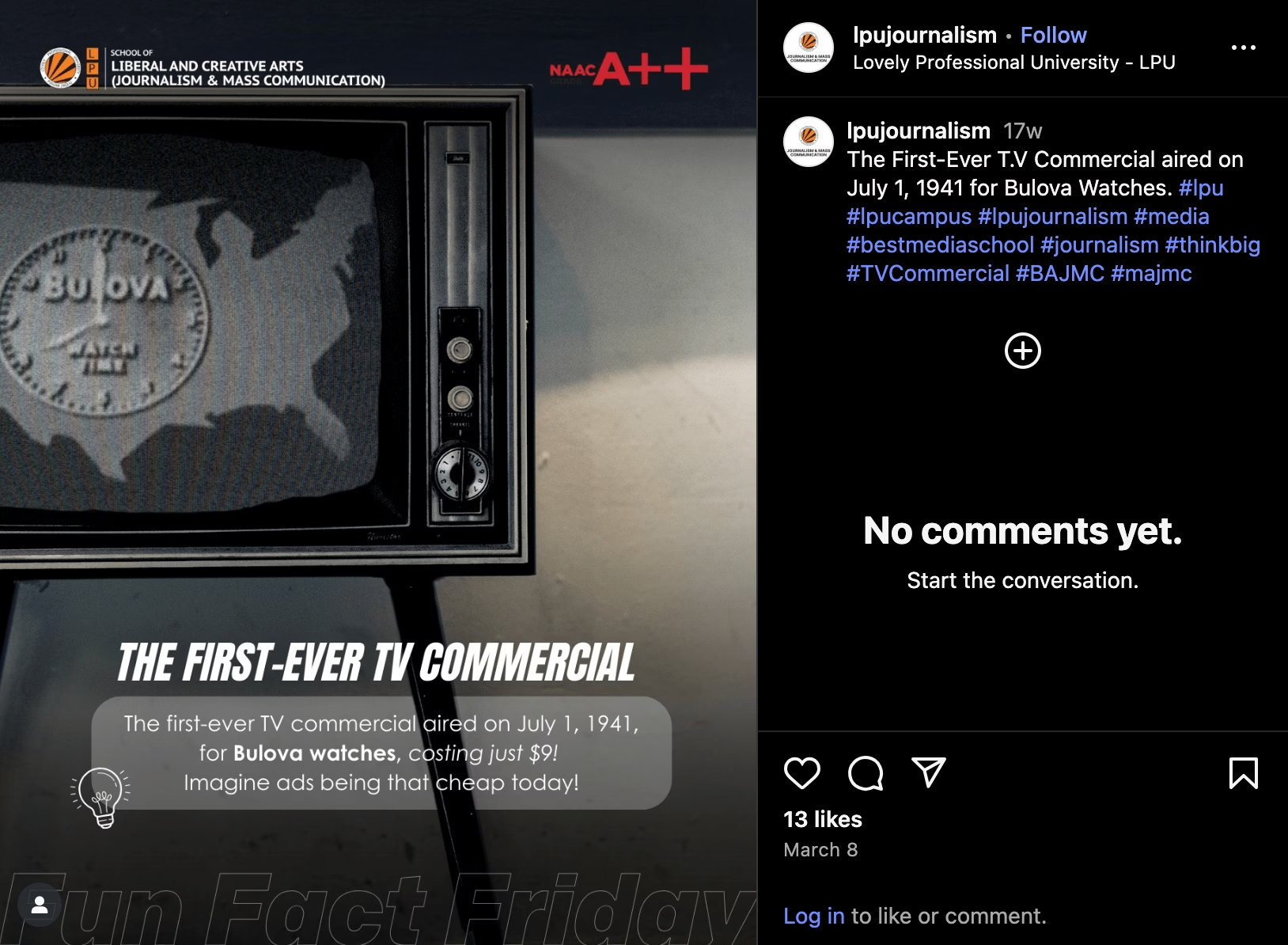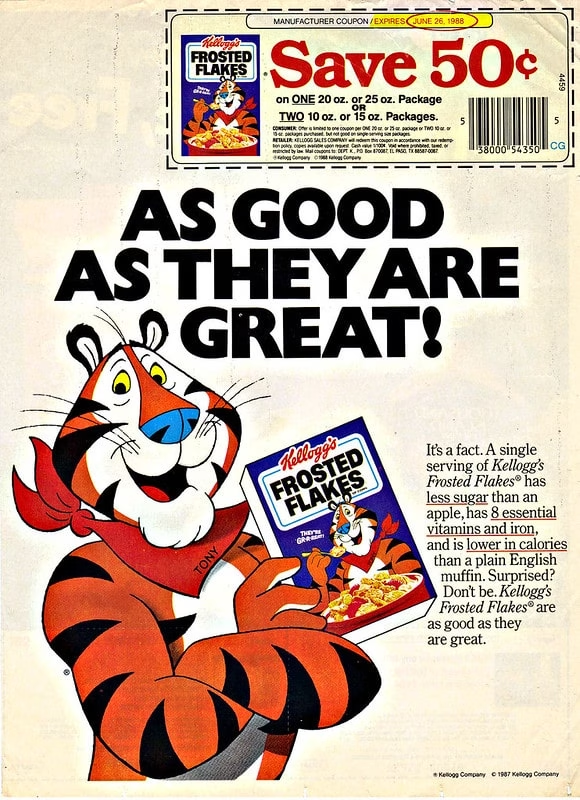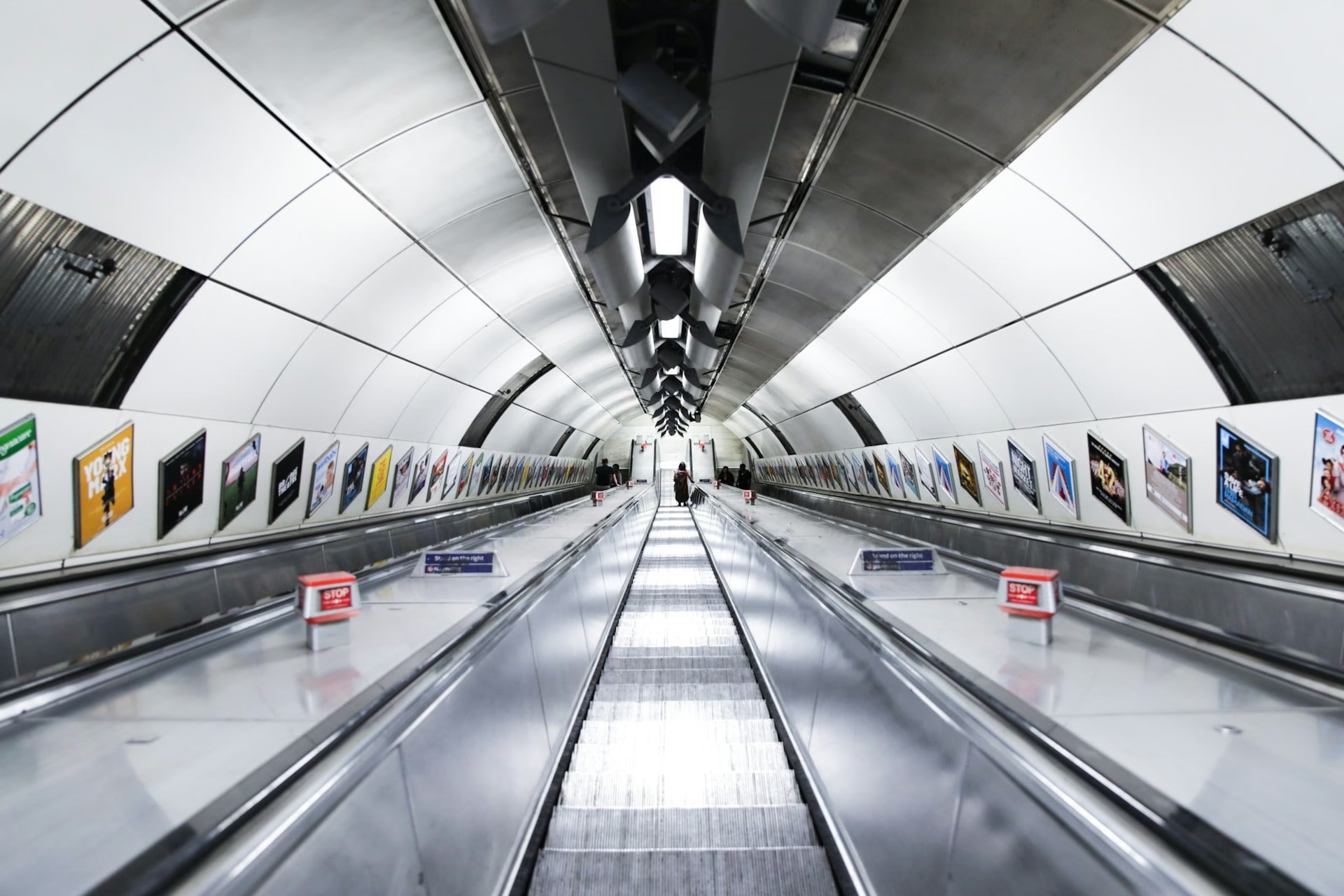Advertising is having an identity crisis. After a century of fuelling consumption, is now the moment to scale back?
From ancient papyrus posters to social media ads, the industry has always excelled at persuasion. It’s shaped trends, created markets, and turned wants into needs, often faster than the planet can keep up.
This article traces the journey of advertising – and within it technology – and how the business of influence came to play such a central role in modern life.
We encourage you to read through the full article, but if you’re short on time (or attention span – no judgement), skip ahead to a section below:
Ancient origins: papyrus and promotion
As it turns out, advertising didn’t begin with Mad Men or mass media. It began with a missing person’s report.
The first known written advertisement dates back to 3,000 BC, discovered in the ruins of Thebes, Egypt. Inked on papyrus, it was made by a slaveholder seeking the return of a runaway.
Print advertising: pre-1900s
The real seeds of modern advertising are in the pages of early gazettes. News sheets emerged in 16th-century Venice. A single sheet cost a single Venetian coin known as a gazetta, hence the name.
The format spread across Europe, from Italy to Germany and, eventually, Britain. By the 1620s, the British press was up and running. By 1702, The Daily Courant became the UK’s first daily newspaper. Ads appeared almost immediately to make up for printing and distribution costs. They promoted everything from books to supposed “miracle” cures, paving the way for the dawn of consumer culture (and greenwashing).
Billboards followed next. By the early 1800s, businesses began to understand the impact of scale, both in size and visibility. A 50-square-foot circus advert in 1835 marked the debut of outdoor advertising in the United States.

The most forward-thinking leap of the time came in 1892. The American department store, Sears, directly mailed over 8,000 postcards and received 2,000 orders in return (that’s a 25% ROI!). It was the first attempt at personalisation and reach, foreshadowing a future where advertising would be able to target beyond the masses. It would target individuals, too.
Radio, before the rise of broadcast: early to mid-1900s
By the start of the 20th century, advertising made its business case. Mass media gave it a cultural upgrade.
Radio boomed in the 1920s, as households across the industrialised world began gathering around a single box that brought news, music, and entertainment straight into a room. While newspapers were still the preserve of the literate and cinemas required a trip across town, radio offered access at the turn of a dial.
So airwaves were interrupted not by music, but by marketing. A 10-minute segment promoting apartment rentals in Queens, New York, was the start of paid radio ads.

In the form of audio persuasion, companies began to craft a voice, tone, and brand personality. The concept of the Unique Selling Proposition (USP) emerged, championed by adman Rosser Reeves. With it came the idea that a product wasn’t just what it did, but what it meant to the listener. And people were keen to listen.
TV and the Golden Age: mid-1900s to early 2000s
On July 1, 1941, before a baseball game between the Brooklyn Dodgers and the Philadelphia Phillies, American viewers witnessed something new: a 10-second commercial for Bulova watches. This brief clip set a trend that stayed for decades.
The Golden Age of Advertising stretched from the 1950s through the 1980s. Agencies like Ogilvy & Mather, Leo Burnett, and McCann Erickson made marketing an in-demand art form. Campaigns like Volkswagen’s “Think Small” and Nike’s “Just Do It” sold ideas that stuck – on top of selling products.
By the 1990s, cable TV allowed audiences to split into niche markets. MTV blurred the line between entertainment and promotion, while networks like QVC and the Home Shopping Network took direct selling into overdrive.
Through it all, advertising kept doing what it does best: convincing people that they needed to have things. Whether it was Tony the Tiger’s cheer or the Marlboro Man’s stoic gaze, the message was “buy this, and become that”.

Advertising wasn’t just reflecting consumer culture. It was curating it.
The internet era: 2000s
Just like TV, the internet reshaped advertising again. But things started before the 2000s.
In the mid-1990s, the first clickable banner ad appeared, and platforms like Yahoo began experimenting with keyword-based and pay-per-click models. As internet connectivity and online activity grew, ads became timely, relevant (or deceptively so), and trackable. In 2000, Google AdWords was launched, giving brands the control to target people based on their search behaviour.
Later, 3G and smartphones arrived. SMS campaigns gave way to in-app banners and push notifications that were tailored to users’ habits and locations. Mobile advertising made brand engagement portable and constant.
And then came the rise of social media. Sure, there was the pre-Facebook era with websites like MySpace and Friendster (ring any bells?). But Facebook — and later Instagram — truly turned casual scrolling into a data goldmine, turning every in-app interaction into insight.

With ads getting more space in search engines and social media platforms, advertising had evolved. It became hyper-personalised, predictive, and always-on.
Today: the climate crisis and advertising’s existential dilemma
Over the past century, advertising has transformed from papyrus scrolls to programmatic ads. And with it, the power to shape desire at scale.
It’s one that businesses have wielded well, fuelling ever-higher rates of consumption: more to buy, more to eat, more to wear, more places to go. But all this “more” comes at a cost.
The climate crisis is impossible to ignore, and it’s becoming clear that high consumption has been super-charged by advertising. The very tools used to sell lifestyles and launch products have also helped push planetary boundaries.
One of the boldest actions taken to address this was the founding of Purpose Disruptors: a UK-based non-profit aiming to align the advertising industry with a net-zero future. They want to reshape the role of advertising from driving consumption to driving sustainability.
And their work, just like ours, is part of a wider and growing shift.
What does the future hold?
Today, more agencies and some brands are asking not how to reach people, but why. Do they keep creating demand for the new, the now, the next? Or is it possible to redefine success around values like longevity, circularity, and enough-ness?
Advertising, in many ways, brought us here. Now, the question is whether it can help lead us somewhere better.At Akepa, we believe creativity can serve something greater than consumption. If your brand is ready to communicate with purpose, we’d love to help.



Leave a Reply